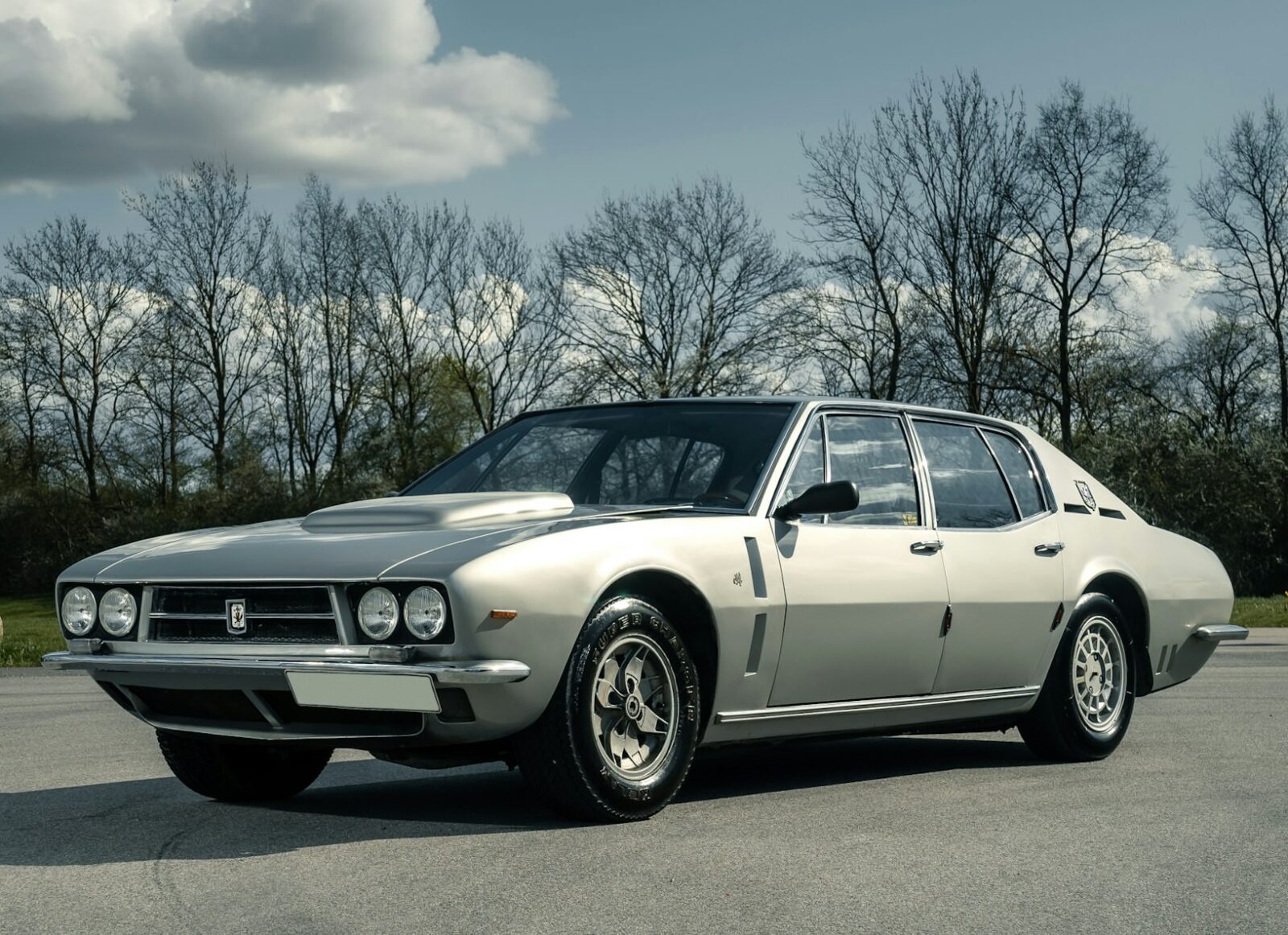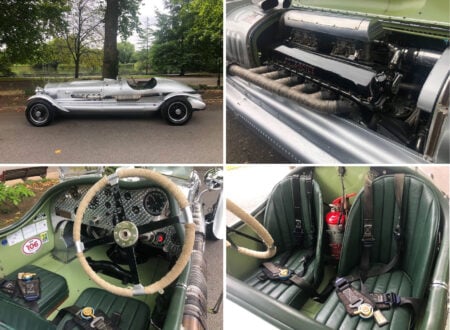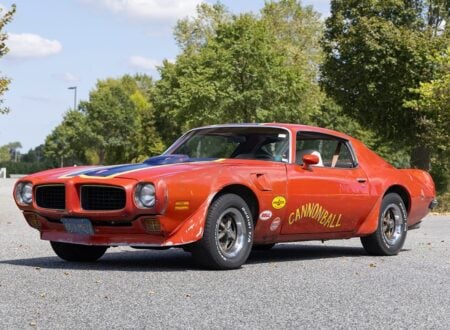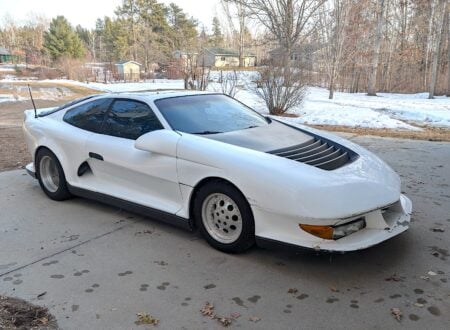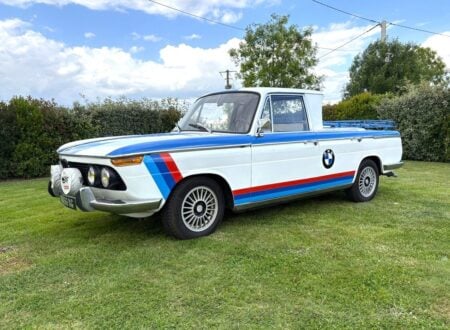The Iso Fidia Rivolta, also known as the Iso Fidia, was the said to be the fastest four-door car in the world at the time of its debut in 1967. It featured an Italian chassis and a Giugiaro-designed body, with power provided by a 300 bhp Chevrolet V8.
At the time of its release the Iso Fidia cost more than a Rolls-Royce, but this didn’t stop celebrity buyers lining up, led by John Lennon who bought one right off the Earls Court Motor Show stand in London in 1968. It was just the second Fidia that had been made.
Fast Facts – The Iso Fidia Rivolta
- The Iso Fidia, launched in 1967, was known as the fastest four-door car in the world at the time. It featured a chassis designed by Giotto Bizzarrini and a body designed by Giorgetto Giugiaro. It was initially powered by a 300 bhp Chevrolet V8 engine. Renzo Rivolta’s son, Piero Rivolta, led the development after Renzo’s death, aiming to diversify Iso’s offerings and create a high-end family car with both luxury and performance.
- Despite its high cost, surpassing even that of a period Rolls-Royce, the Iso Fidia attracted celebrity buyers, including John Lennon, who purchased one directly from the Earls Court Motor Show in 1968. The car was marketed with the slogan “Le quattro poltrone piu veloci del mondo” (“the four fastest seats in the world”). Other celebrity owners would include Pete Townshend of The Who, Sonny Bono, and James Last.
- The car was luxuriously appointed with options like optional leather interiors, air conditioning, power steering, and electric windows. Originally powered by a Chevrolet V8, it later adopted a 5.7 liter Ford Cleveland V8 due to supply chain and billing disagreements with General Motors. Transmission options evolved from a 4-speed manual to a 5-speed manual or a Ford “Cruise-O-Matic” automatic.
- The Iso Fidia faced challenges, including the 1973 Oil Crisis, which contributed to Iso’s eventual downfall. Only 192 examples of the Fidia were produced between 1967 and 1974. This 1970 Iso Fidia is currently for sale in Sweden. This car, requiring some restoration work, retains its original 5-speed manual ZF transmission but will require a replacement small block Chevy V8 to return it to original specification.
The Fastest Four Door Car In The World
The Iso Fidia would be the first car developed by the Italian automaker after the death of Renzo Rivolta in 1966. The Fidia project would be led by Renzo’s son Piero Rivolta, who saw the four-door super sedan as a major new direction for the company.
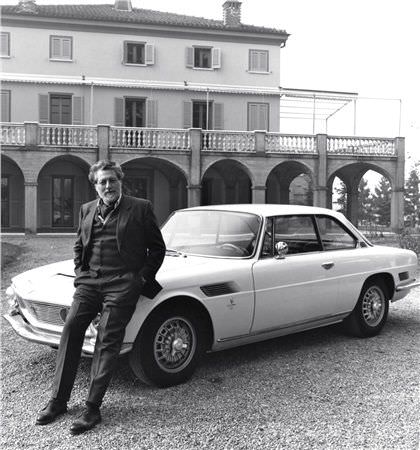

The Fidia would be the first and only four-door car ever made by Iso (pronounced “ee-so”), and at the time of its release at the Frankfurt Motor Show in September of 1967, it was presented with the slogan “Le quattro poltrone piu veloci del mondo,” or in English, “the four fastest seats in the world.”
Piero Rivolta had grown up in the automotive industry, deeply embedded within Iso Automoveicoli as he watched his father turn the company from a scooter and bubble car manufacturer to a luxury GT marque mentioned in the same breath as names like Ferrari, Lamborghini, and Maserati.
After his father’s passing, Piero wanted to diversify Iso’s customer base, keeping the high-end luxury GT cars in production, and adding to their number, while also adding a genuine family car to the equation. This new car would offers five seats, four doors, ample trunk space, and genuine daily driver capability – so long as you didn’t mind the fuel bills that is.
The Beginnings Of The Iso Fidia
Working with the engineering team at Iso, Piero Rivolta decided to base the car on the pre-existing Iso chassis, first developed by Giotto Bizzarrini for the Iso Rivolta IR300 back in 1962. Bizzarrini is one of the most celebrated Italian engineers of his time, having developed both the Ferrari 250 GTO and the original Lamborghini V12 engine, among many other accolades.
This chassis was extended, and once the form had been settled, the dimensions were sent to Giorgetto Giugiaro who was then based at Ghia. Giugiaro developed a new body for the car that was entirely modern and in keeping with Iso’s earlier style language. He had earlier designed the Iso Rivolta IR 300 and the Iso Grifo, and he’s now considered by many to be the single greatest car designer of the 20th century.
The interior of the car was given just about every luxury option as standard, including either fabric or hand stitched leather throughout, plush carpeting, polished wood accents, air conditioning, electric windows, power steering, power brakes, a radio, and a wood-rimmed sports steering wheel.
Initially, the Iso Fidia was powered by a variation of the same 5.4 liter Chevrolet V8 as many of the other cars in the Iso line, however this would be replaced by the 5.7 liter Ford Cleveland V8 in the early 1970s when General Motors began demanding payment for engines in advance.
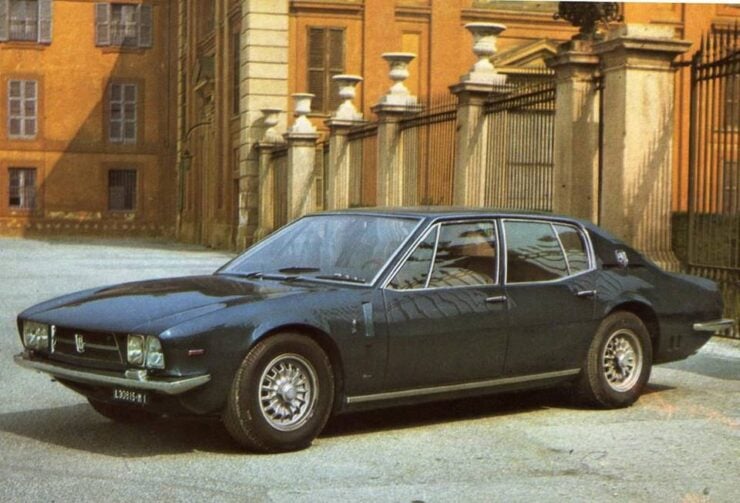

Due to lengthy shipping timelines, this would mean that Iso would be paying for engines up to a year in advance. As a result, the company simply switched all their cars over to the Ford power unit, as the Blue Oval was more than willing to work with them, and had ample experience working on a similar deal with Carroll Shelby for many years.
Depending on what year your Iso Fidia was it could have either the earlier Chevy or the later Ford V8. Initially a 4-speed manual was offered alongside an automatic, with later cars getting a 5-speed manual or a Ford “Cruise-O-Matic” automatic gearbox.
The Oil Crisis (And The End For Iso)
Sales of the Fidia were decent by Iso’s low-volume standards but they would never quite become the big seller than Piero had hoped for. The 1973 Oil Crisis would send gasoline prices soaring around the world, and many smaller automakers went under as a result, sadly Iso would be one of them.
Just 192 Iso Fidias would be built between 1967 and 1974. It’s not known how many have survived to the modern day, but they only seem to come up for sale infrequently.
The 1970 Iso Fidia Shown Here
The car you see here is a 1970 Iso Fidia and it’s now being sold as part of a deceased estate. It belonged to its former owner in Sweden for 27 years, and unusually the original 5.4 liter Chevrolet V8 has been removed and replaced with an unnamed 4.0 liter V8.
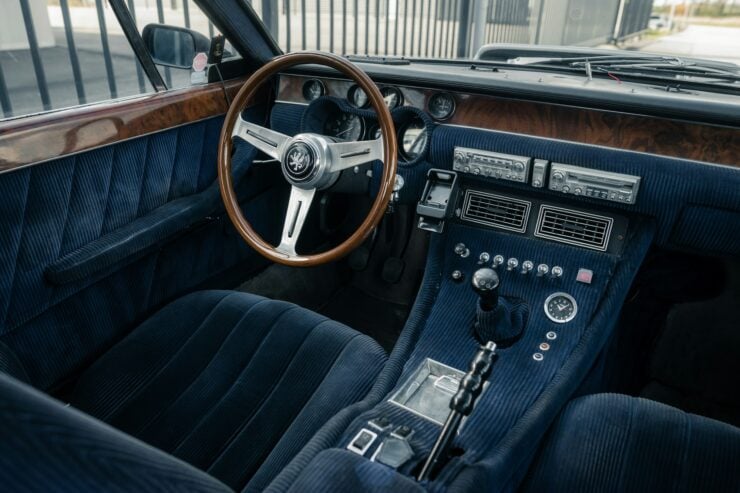

It’s clear that this car will need some work here and there, depending on what the new owner wants to do with it of course, and it could be given a full restoration, or simply driven as it is for a number of years. A purist owner would want to switch the engine back to a correct small block Chevy V8, though this would likely be a simple job, and the good news is that this car was factory fitted with the 5-speed manual ZF transmission.
It’s now being offered for sale out of Kävlinge, Sweden on Collecting Cars. It has 85,547 kms on the odometer, or approximately 53,156 miles, and you can visit the listing here if you’d like to read more about it or register to bid.
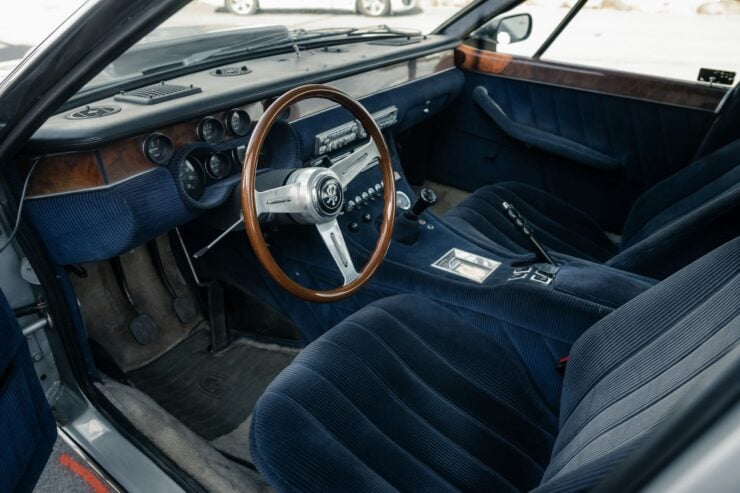
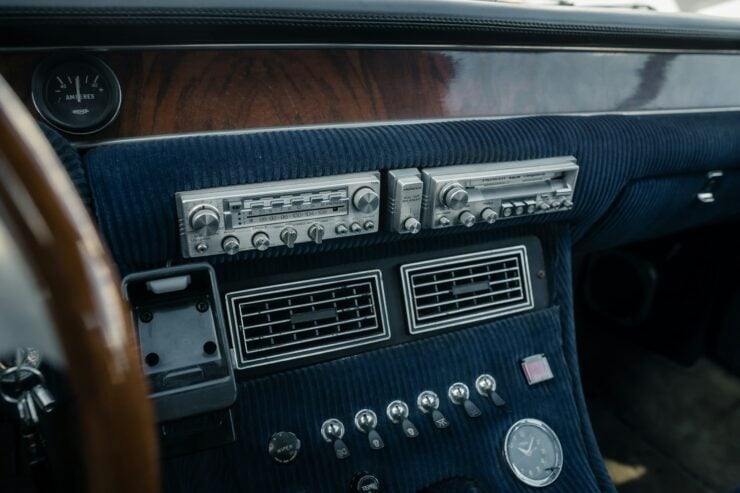
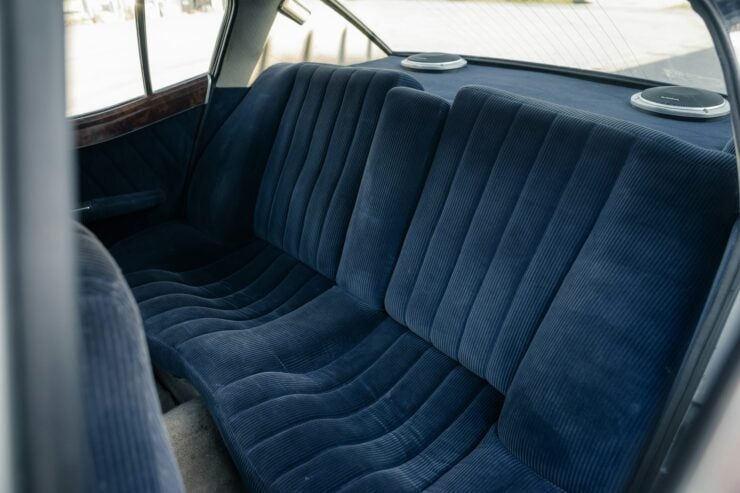
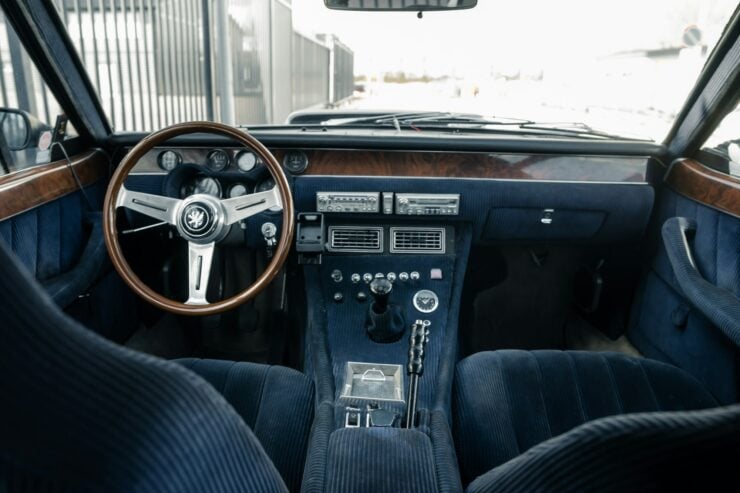
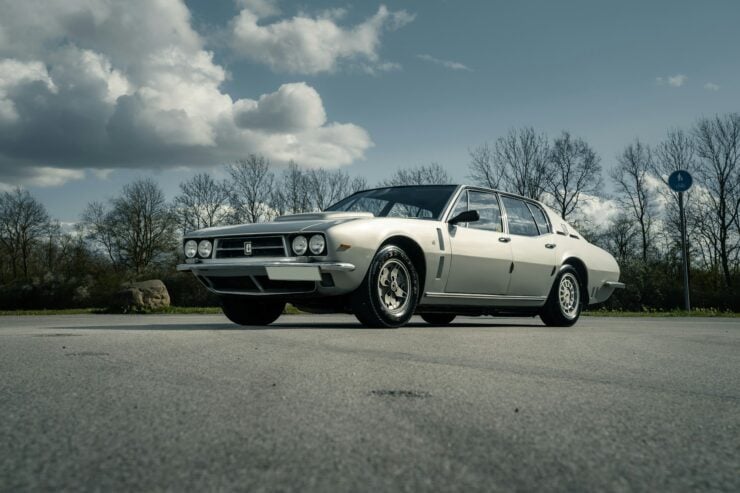
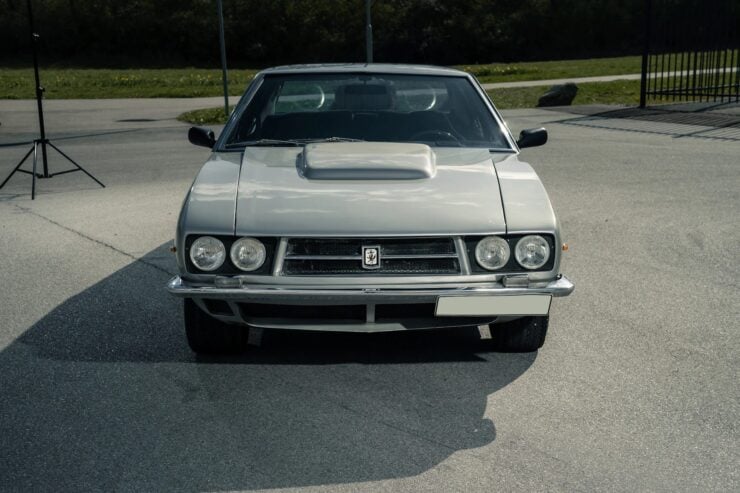
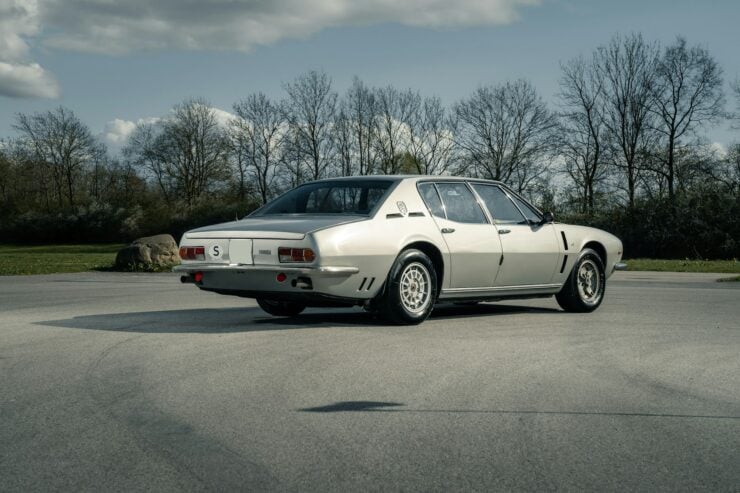
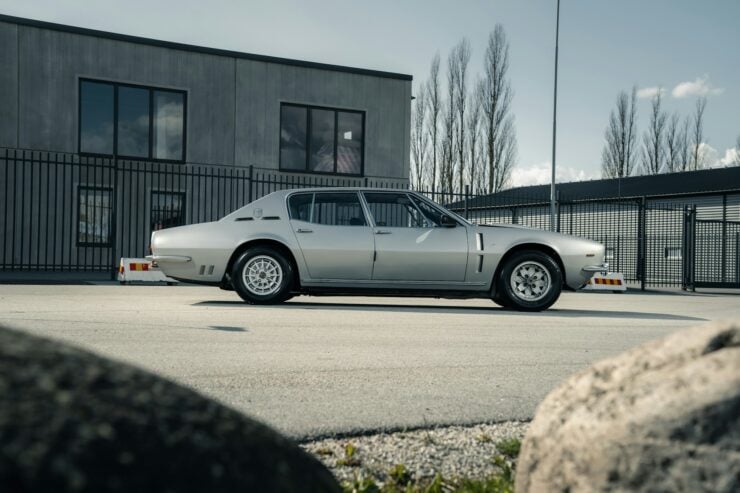
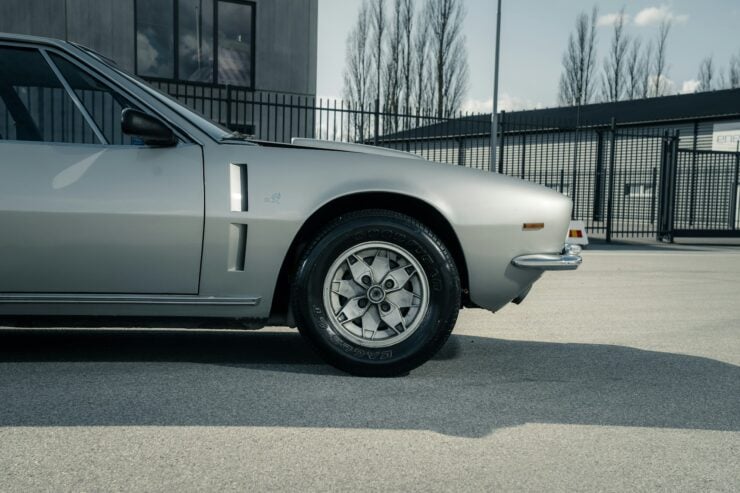
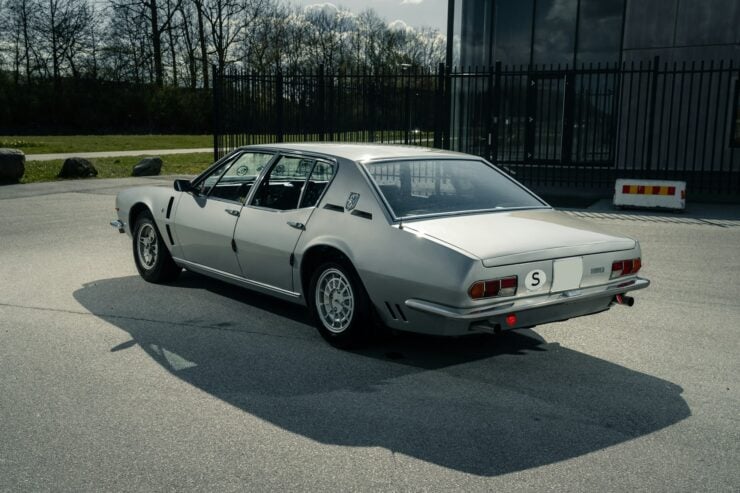
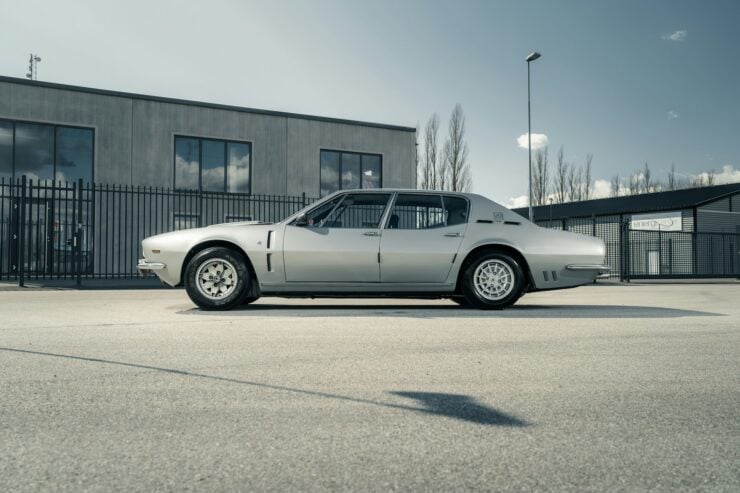
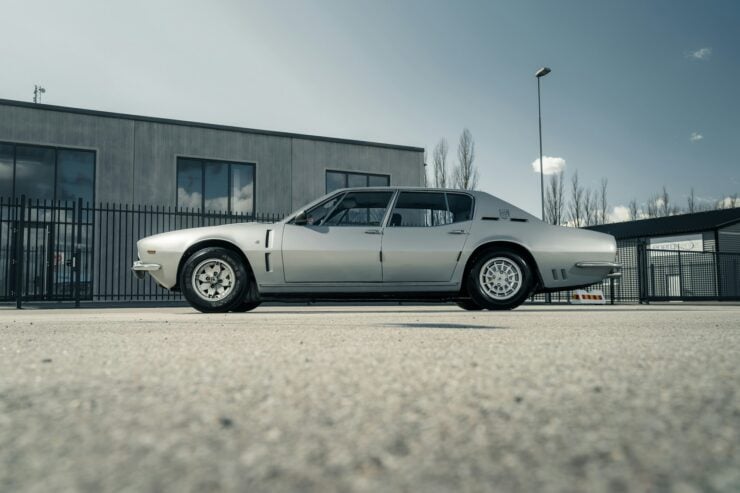
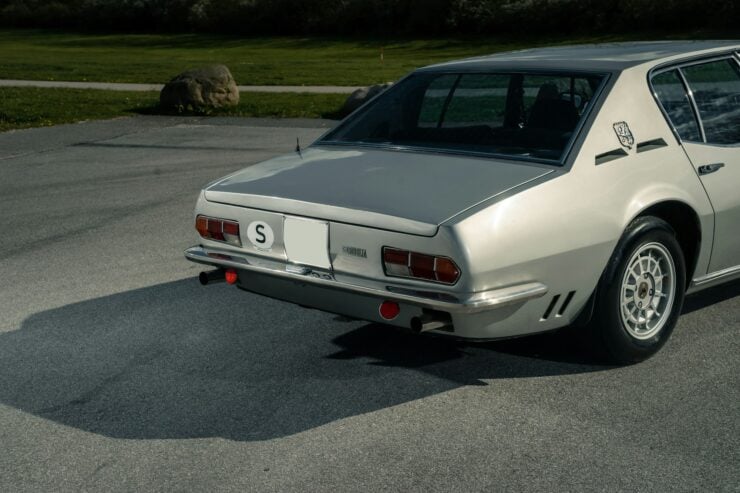
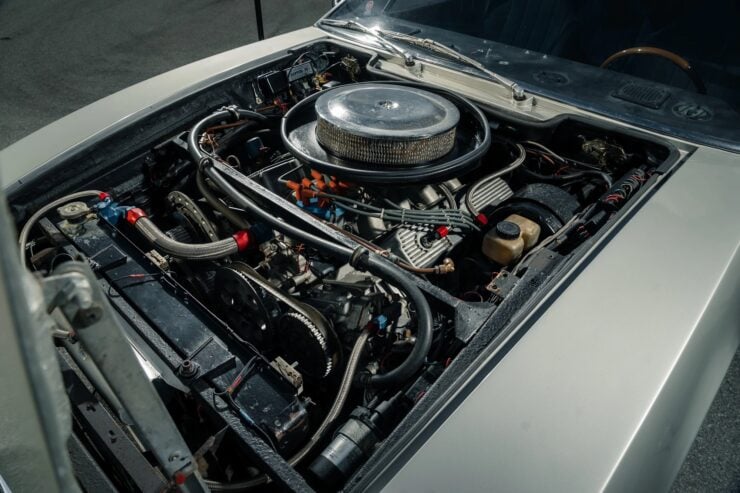
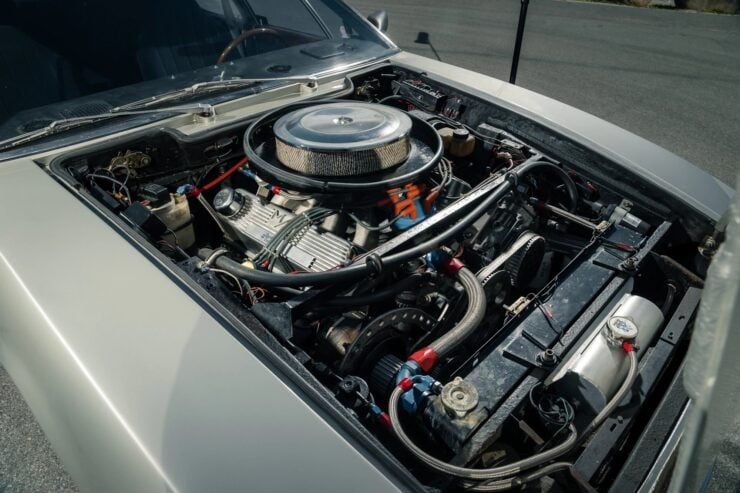
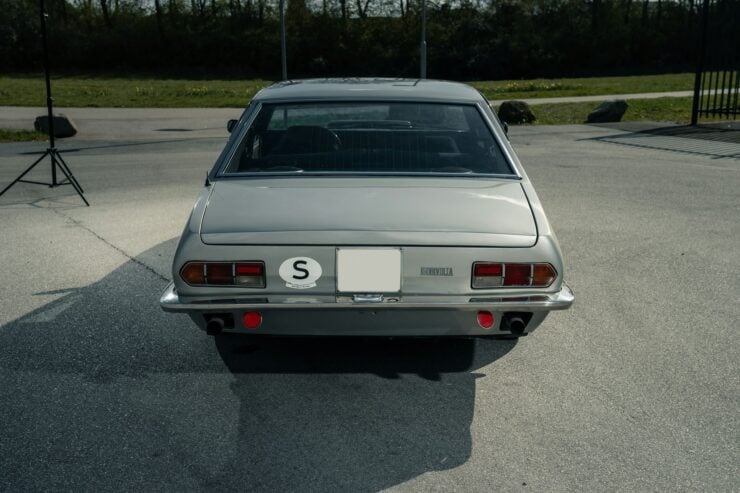
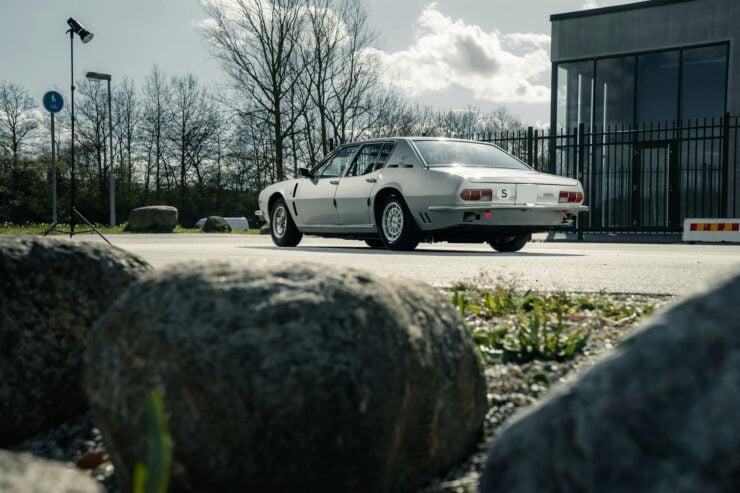
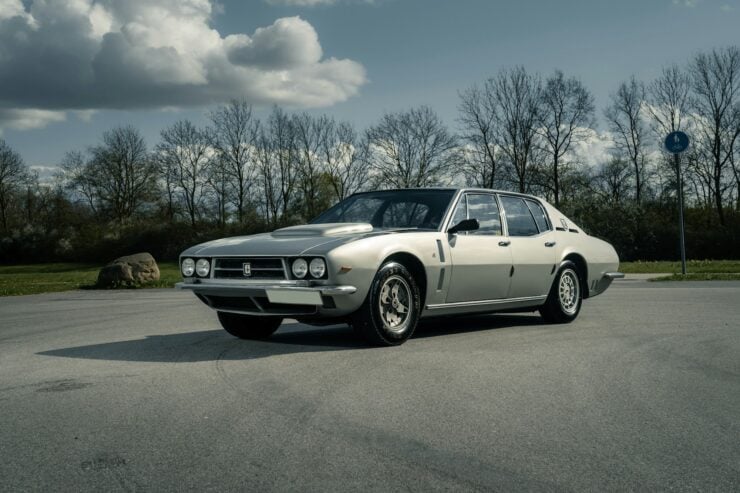
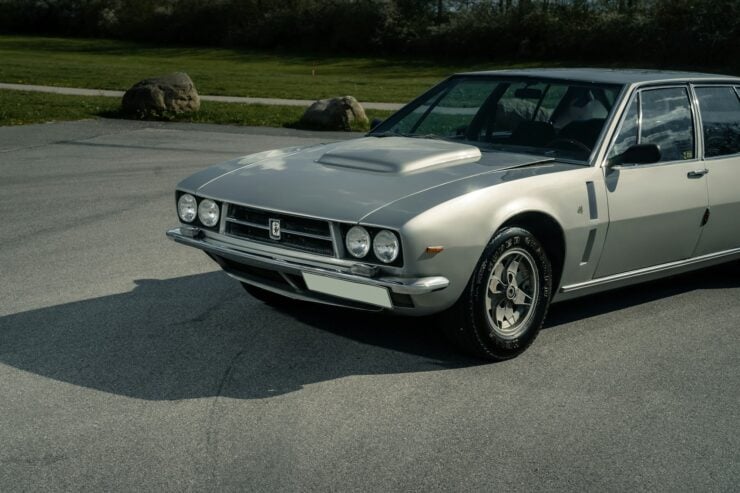
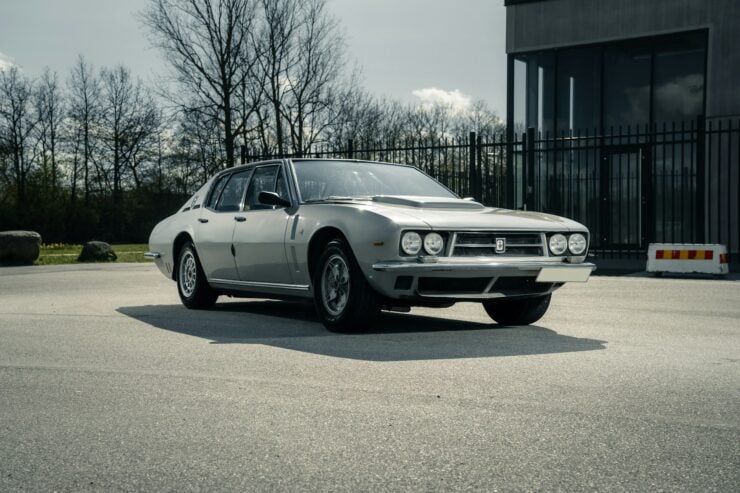
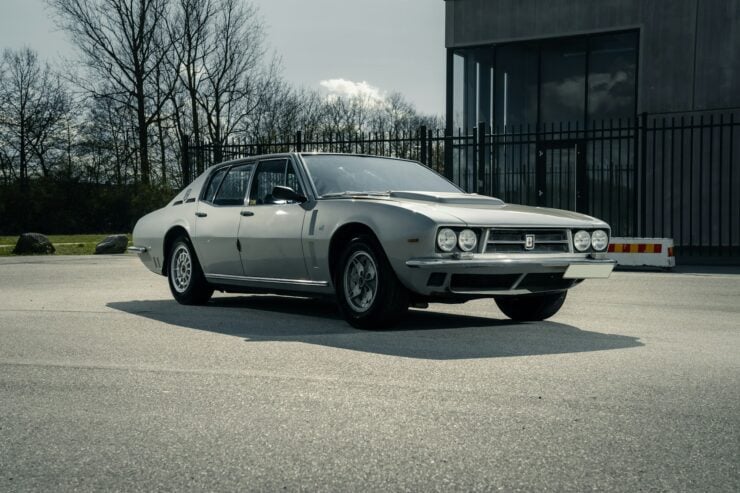
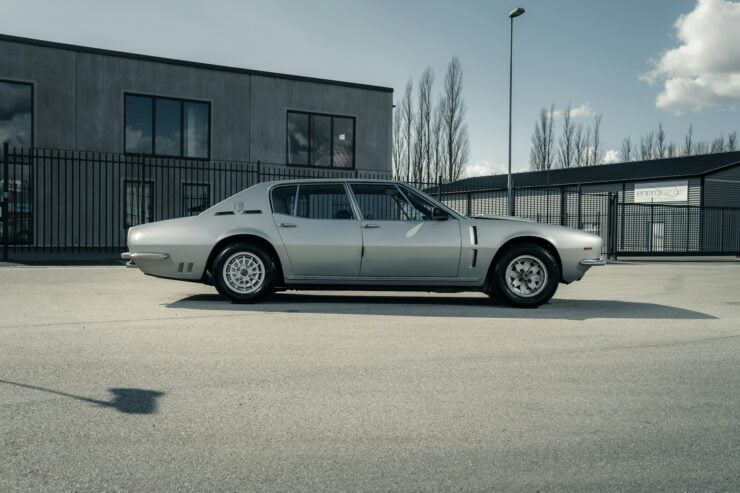
Images courtesy of Collecting Cars

